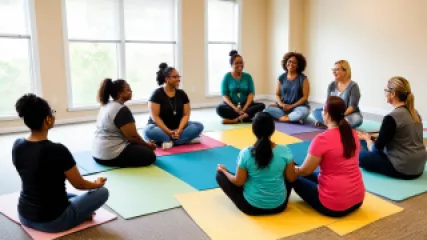Hello, I'm Tom White.
At 30 years old, I've spent the past five years dedicated to helping individuals find their inner strength and resilience. I firmly believe that every challenge we face is an opportunity for growth, and my mission is to guide you through these challenges with compassion, understanding, and a touch of humor.
Mindfulness is at the core of my practice. By cultivating a present-focused mindset, we can tackle issues such as stress vs. anxiety, preventing burnout, and coping with homesickness. Through mindfulness techniques, I aim to help you develop a deeper awareness of your thoughts and emotions, enabling you to handle life's pressures more effectively.
Phobias and substance abuse are significant hurdles that many face, but they are not insurmountable. Together, we'll work on overcoming these fears and dependencies, building a foundation of strength and confidence. In addition, I offer support for internet addiction and managing personal crises, ensuring you have the tools needed to regain control and find balance in your life.
The power of peer support cannot be underestimated. Understanding the benefits of a supportive community, I encourage the use of peer networks to bolster your journey towards wellness. This approach can be particularly effective when dealing with emotional abuse or navigating the turbulent waters of divorce.
We all experience envy from time to time, but it's how we deal with it that matters. I'll help you explore the roots of these feelings and develop healthier ways to cope. Similarly, the psychology of forgiveness and self-compassion techniques are crucial aspects of healing and moving forward. By fostering forgiveness and self-love, we open doors to a more peaceful and fulfilling life.
Humor is a powerful therapeutic tool. The psychology of humor teaches us that laughter can be a great healer, helping to reduce stress and improve our overall outlook. Alongside this, understanding the benefits of daydreaming can unlock creativity and provide a mental escape from daily stressors.
In our fast-paced world, the psychology of waiting plays a significant role in how we manage expectations and patience. I'll assist you in developing strategies to handle waiting periods productively and without undue stress.
Life is full of twists and turns, but you don't have to face them alone. Whether you're dealing with a personal crisis, battling stress and anxiety, or simply looking to build a more resilient mindset, I'm here to support you every step of the way. Let's work together to transform your challenges into strengths and create a path towards a brighter, more resilient future.
I look forward to connecting with you and embarking on this journey of growth and healing together.
Warm regards,
Tom White















